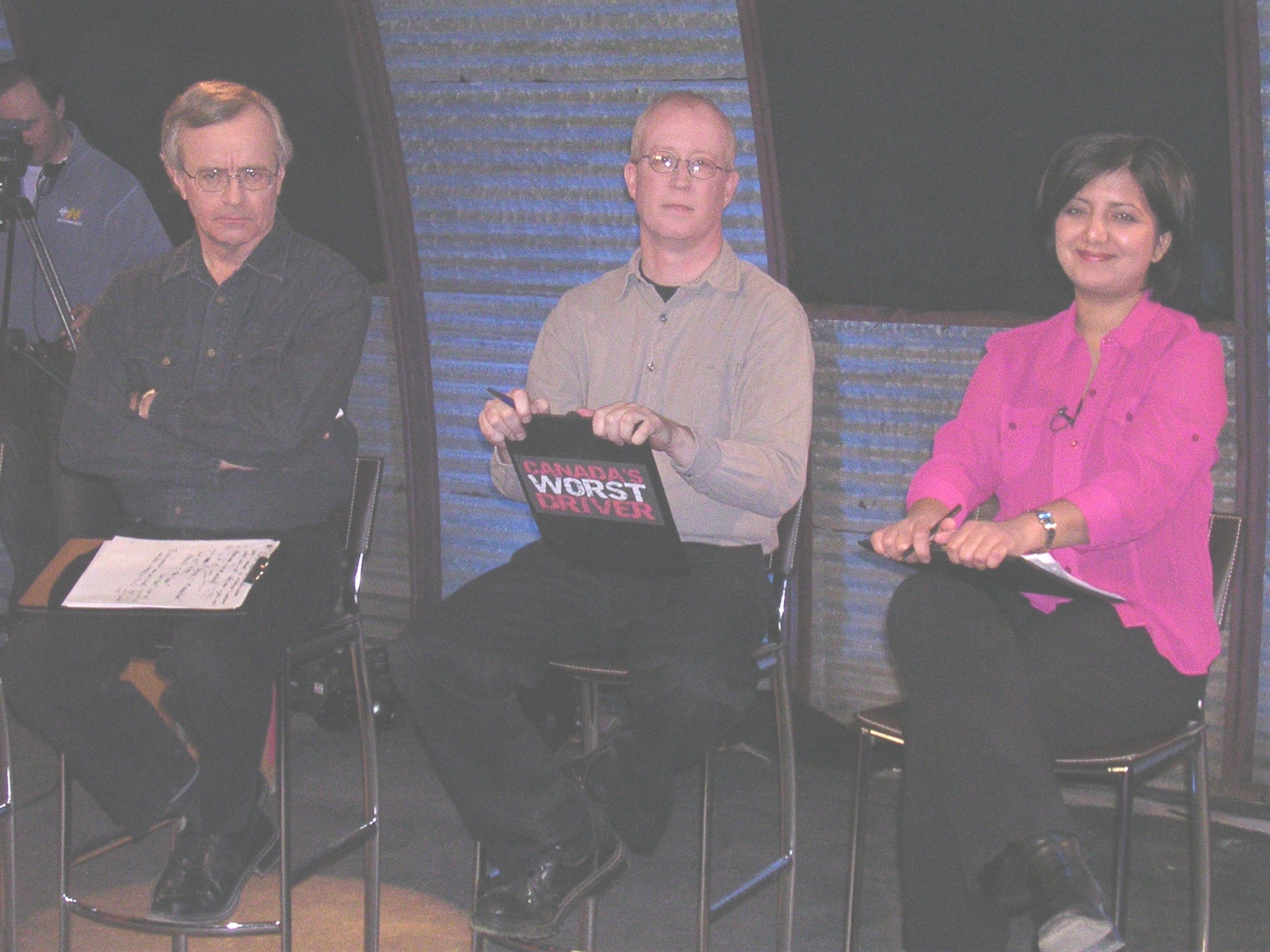What can you learn from Canada’s Worst Drivers?
 Every year for the past number of years, Canadian viewers have viewed, laughed and most likely screamed at various drivers they’ve viewed on a weekly basis. Now, why would anyone laugh each week at drivers they’ve seen make mistakes, crash or break down and cry? It’s because they’re watching Canada’s Worst Driver on Discovery.
Every year for the past number of years, Canadian viewers have viewed, laughed and most likely screamed at various drivers they’ve viewed on a weekly basis. Now, why would anyone laugh each week at drivers they’ve seen make mistakes, crash or break down and cry? It’s because they’re watching Canada’s Worst Driver on Discovery.
Ever since the first season which aired in 2005, the show has had quite a following. I spent the first three seasons as an on-air judge for the series, so I do know a little about the drivers on the show. During that time I’ve spoken to many people who say how much they love the show. They continue to ask me the same questions; are they really as bad as the show makes them out to be? Yes and no.
Many of the participants I’ve met over the years are very nice people. They are very talented when it comes to many things, just not when it comes to driving. So, how much can we really learn from watching Canada’s Worst Driver? Maybe more than you may realize. Let me explain a few of the hidden messages.
If you watch the show you’ll notice quite often the passenger gives out poor advice or they yell at the driver when they make a mistake or drive carelessly. Normally, that usually leads to more mistakes. How does this help the driver make proper driving choices? If we’ve learned anything over recent years, distractions really stop drivers from thinking about the driving task. Every now and then during the series we see a different person in the passenger seat while the participant does a challenge. They sometimes perform better, which proves if the driver can remove distractions, they can focus more on their driving task. Maybe this can work for you as well.
Another thing we can learn from watching Canada’s Worst Driver is where they look and how they handle the vehicle. The drivers who crash into things often look at what they’re trying to avoid. This is commonly referred to as target fixation. Instead, look to where you want the vehicle to go. If you have a long passage way to get through, such as during the eye-of-the-needle, look to the exit as you approach the entrance. Your peripheral vision will guide you through it. You’ll have a better chance of getting the vehicle to go there if you do. It’s basically hand-eye, or eye-hand, co-ordination.
Ever notice the drivers who crash their vehicle rarely reposition their vehicle in a tight space? Decision-making is a huge part of driving safely. If you’re coming to a situation you feel is not the best, change it. If the participants are getting too close to another vehicle, stop and reposition the vehicle. If they can’t see how close while driving at low speed, perhaps stop and safely exit the vehicle and take a better look.
As you view the episodes, whether it’s a current season or the former seasons in reruns, (remember seasons 1 through 3 are my personal favourites. That’s me in the middle) I’m sure you’ll be laughing and offering advice to the drivers through your TV set. Maybe next time, ask yourself what you would have done differently to not let those things happen to you. See, you can learn something positive for your own driving from watching Canada’s Worst Driver.


I found that too many of the “contestants” give themselves permission to fail: “I can’t do this!” or “It’s too hard.”
I yelled the loudest at the ones who had no positional awareness: hearing the horrific scraping sound as they continued backing along a concrete Jersey barrier, for instance, or watching the parked car beside them move during a parking maneuver.